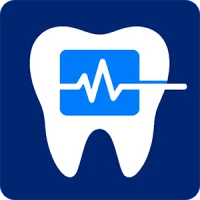
Dental Blog
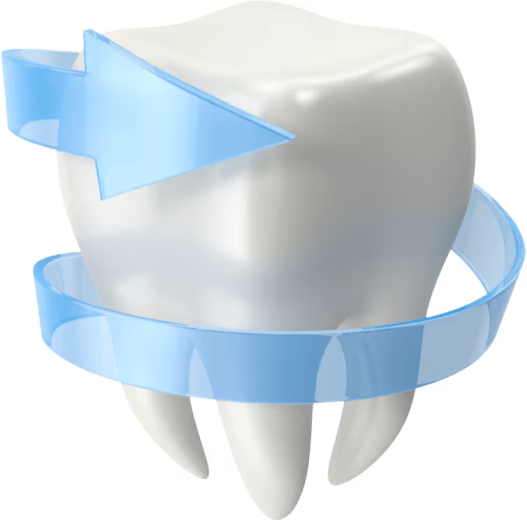

Resources for Dentists
Dive deep into helpful guides and in-depth information about:

Your Resource for Dentistry Insights
Sedation dentistry is evolving. Regulations change, compliance requirements grow, and practices need tools to stay ahead. The Sedate Dentistry Blog is here to help you learn, adapt, and succeed with resources built for dentists, oral surgeons, and office managers.

Explore Topics That Matter

Sedation Dentistry
Learn about sedation dentistry's best practices, compliance tips, and case studies.

Patient Vitals Monitoring
Device integrations, patient monitoring, and technology insights.

Patient Forms & Experience
Intake forms, digital consent, and patient-focused workflows and user experience.

Dental Practice Growth
Grow your dental practice with in depth guides, tutorials, and software reviews.
Recent Guides for Dentists
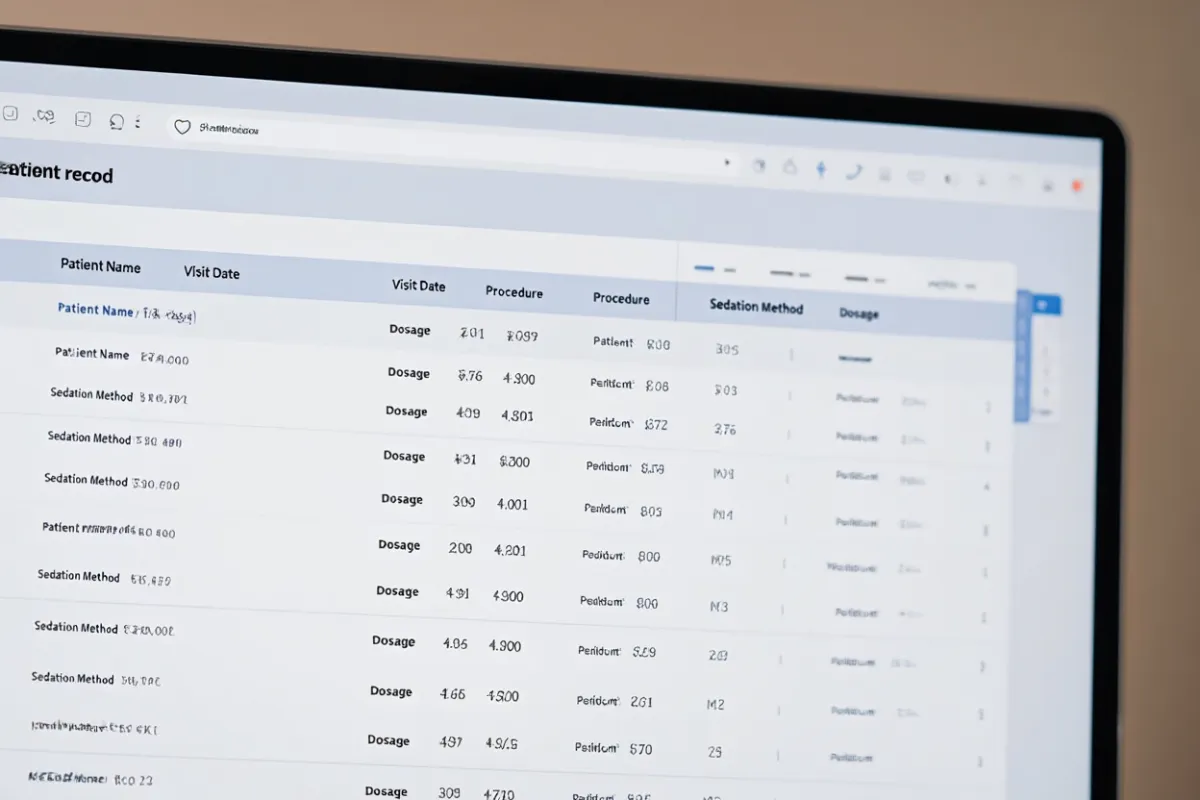
How Sedation Software Helped a Multi-Location Dental Group Standardize Compliance
A 12-location dental group turned sedation documentation from a patchwork of styles into one clean, audit-ready standard. In 30 days they unified templates, enforced objective discharge, integrated monitors, and trained roles—so every site produced the same defensible chart without adding clicks.
Table of Contents
How Sedation Software Helped a Multi-Location Dental Group Standardize Compliance
The baseline problem was variation, not effort
The goal was a single, time-stamped story across all sites
The core move was putting standards inside the software
The enterprise template made ambiguity impossible to save
Device integrations removed double-entry and reduced lag
Roles and read-backs turned busy moments into clean records
The four-week rollout worked because it matched the real day
Governance kept standards from drifting after go-live
The eight-field dose script unified how teams speak and type
The nitrous block turned a chronic audit ding into a strength
The event/reversal sequence made emergencies readable
The dashboard made improvement visible across the DSO
The cost question was answered with rework avoided
Staff buy-in rose because rooms felt calmer
How this fits with your broader best-practices library
Before-and-after: a five-minute IV section everyone understood
Multi-location groups struggle with consistency because each office evolves its own habits. This case study shows how one DSO moved to a single sedation documentation standard across locations. You’ll see the exact template fields, timers, governance cadence, and training drills that made compliance predictable—and the metrics that proved it worked.
The baseline problem was variation, not effort
Records failed audits because each site charted differently. Some offices logged concentration and route; some didn’t. Nitrous was a checkbox at one clinic and a paragraph at another. Discharge notes ranged from essays to one-liners. Leadership had policies, but they lived in binders, not in the chart.
The goal was a single, time-stamped story across all sites
The group defined success as one sedation record that read the same at every location: baseline ×2, interval vitals, medications with concentration/route/indication/response/running totals, nitrous as dose over time, and objective discharge criteria. The record had to be complete in real time and audit-ready in minutes.
The core move was putting standards inside the software
Standards stuck because they lived where people click. The DSO centralized intake, vitals, meds, nitrous, events, and discharge in Sedation visit record software. For IV and longer cases, minute-by-minute timelines and interval prompts ran in IV sedation charting software. Policy versions, consent language, and hard-stop discharge lived in Dental sedation compliance.
The enterprise template made ambiguity impossible to save
Templates mirrored what teams said out loud, so entries were fast and consistent.
● Dose fields required medication name, concentration (mg/mL), route, exact dose, time, indication, immediate response, and running totals.
● A compact nitrous block captured start time, titration range, peak percentage, duration at peak, and O₂ flush in one place.
● Objective discharge criteria required final vitals, orientation, ambulation with minimal assistance, nausea/pain control, oral fluids tolerated, and escort confirmation (for oral/IV).
● Pediatric visits displayed mg/kg ceilings next to running totals, anchored to recorded weight.
If the group needed a quick primer for dose entries, managers pointed staff to document sedation doses accurately.
Device integrations removed double-entry and reduced lag
Vitals streamed into the chart so teams stopped transcribing. The DSO connected SpO₂, HR, NIBP, and ETCO₂ through Patient Vitals Monitor Integrations. The Monitor Tech validated pleth quality and cuff fit at setup so bad signals didn’t pollute the record.
Roles and read-backs turned busy moments into clean records
Role clarity was the quiet engine of standardization. The Monitor Tech owned the timer and called vitals at the cadence (5 minutes for IV; 10–15 minutes for nitrous/oral). The Recorder typed live and used the same eight-field dose read-back. The Sedation Lead titrated without asking for totals because running totals were visible on screen.
The four-week rollout worked because it matched the real day
Short sprints beat long projects, especially across many locations. This was the actual sequence.
Governance kept standards from drifting after go-live
A monthly “policy pulse” meeting updated templates through compliance checklists for sedation, with read receipts and version history. Site leads ran 10-minute audits weekly: three random charts per clinic scored on five metrics. Gaps triggered a two-minute micro-drill at huddle, not a memo.
The eight-field dose script unified how teams speak and type
Consistency came from a single sentence everyone memorized and read aloud. “Medication name and concentration (mg/mL), route, exact dose, time, indication, response, running total.” Because the fields matched the script, entries took seconds and no one backfilled later.
The nitrous block turned a chronic audit ding into a strength
Nitrous documentation stopped varying by site. The Recorder logged start time, titration range, peak percentage and duration at peak, and O₂ flush in one compact block inside digital sedation visit records. Auditors could scan and confirm in seconds.
The event/reversal sequence made emergencies readable
Events followed one pattern at every location: observation → action → dose → response, each line time-stamped. Teams practiced short drills so timelines read like the room felt. For longer IV cases, minute-by-minute clarity came from minute‑by‑minute IV charting.
The dashboard made improvement visible across the DSO
Leaders posted a simple monthly roll-up so each clinic saw where to coach.
The cost question was answered with rework avoided
Leaders compared subscription costs to the time they spent fixing charts and responding to payers. The group used Sedate Dentistry vs. paper records to model time saved per case and closed budgets with Plans & Pricing.
Staff buy-in rose because rooms felt calmer
People commit to what helps them today. Prompts meant fewer “who’s logging this?” moments. Running totals were always visible, so providers stopped asking mid-case. Discharge happened when criteria were met, not when schedules got tight. For an adoption playbook focused on operations, see Sedation workflow that scales and compare outcomes in Audit-Ready in Seconds: A Compliance Success Story and Case Study: Transitioning a Mid-Sized Practice From Xchart to Sedate Dentistry.
How this fits with your broader best-practices library
Case studies prove the system works at scale. For monitoring-focused gains, read Case Study: Improving Sedation Patient Safety With Automated Monitoring. For pediatric standardization, compare How a Pediatric Dentist Improved Sedation Reporting.
Before-and-after: a five-minute IV section everyone understood
Here’s a representative flow note after standardization, assembled from the live timeline:
● 09:37 Baseline vitals ×2 recorded.
● 09:42 Midazolam 1 mg IV for anxiolysis; calmer; RR 14; SpO₂ 98%. Running total 1 mg.
● 10:12 N₂O 20–35%; peak 35% 10:18–10:34; O₂ 100% ×5 min at end.
● 10:38 Recovery vitals stable; oriented ×3; ambulates with minimal assistance; nausea/pain controlled; discharge per clinician.
Because everyone charted the same way, leaders could review any clinic’s chart in under two minutes.
Bottom line
Standardizing compliance across locations is not a memo problem—it’s a software and habit problem. When templates enforce clarity, timers drive intervals, vitals stream in, and discharge is objective, every site produces the same defensible record. The result is calmer rooms, faster reviews, and charts that speak for themselves.
Next Steps
Book a Free Demo to see how Sedate Dentistry’s Digital Sedation Visit Records Software can streamline and replace paper sedation visit records—saving time, money, and increasing compliance while reducing liability and improving the quality of patient records.
Ready to modernize your sedation documentation? Book a Free Demo!

Stay Ahead of the Curve
Benefits of Following Our Blog
Learn compliance best practices.
Discover new sedation software features.
Get expert tips for improving patient care.
See how practices are switching from paper or competitors like Xchart.

Learn More About Sedate Dentistry?
Request a software demo today. See how we can digitalize your sedation visit records.
Simple Pricing, No Hidden Fees
No limits on Procedures or Patients (additional fees for additional offices and dentists)
Testimonials
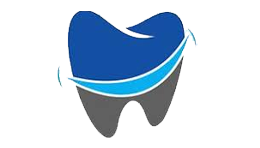
SmileRight Dentistry
Here's Sedate Dentistry Software in a nutshell. Time Saver. Money Saver. Easy to use. Amazing support. End of story.
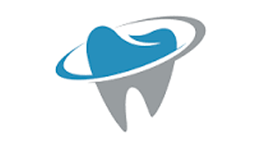
DentalClean
We learned about Sedate Dentistry from one of their other sister companies Edental. We switched from Xchart and this app works great.
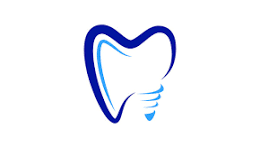
Metro Dentistry
The team at Sedate Dentistry has been amazing, especially Josh who helped integrate into our Edan X10. Much better than Xchart and a fraction of the price.
Contact Us
Contact Us
3165 West 4700 South, Suite A, Taylorsville Utah 84129



















